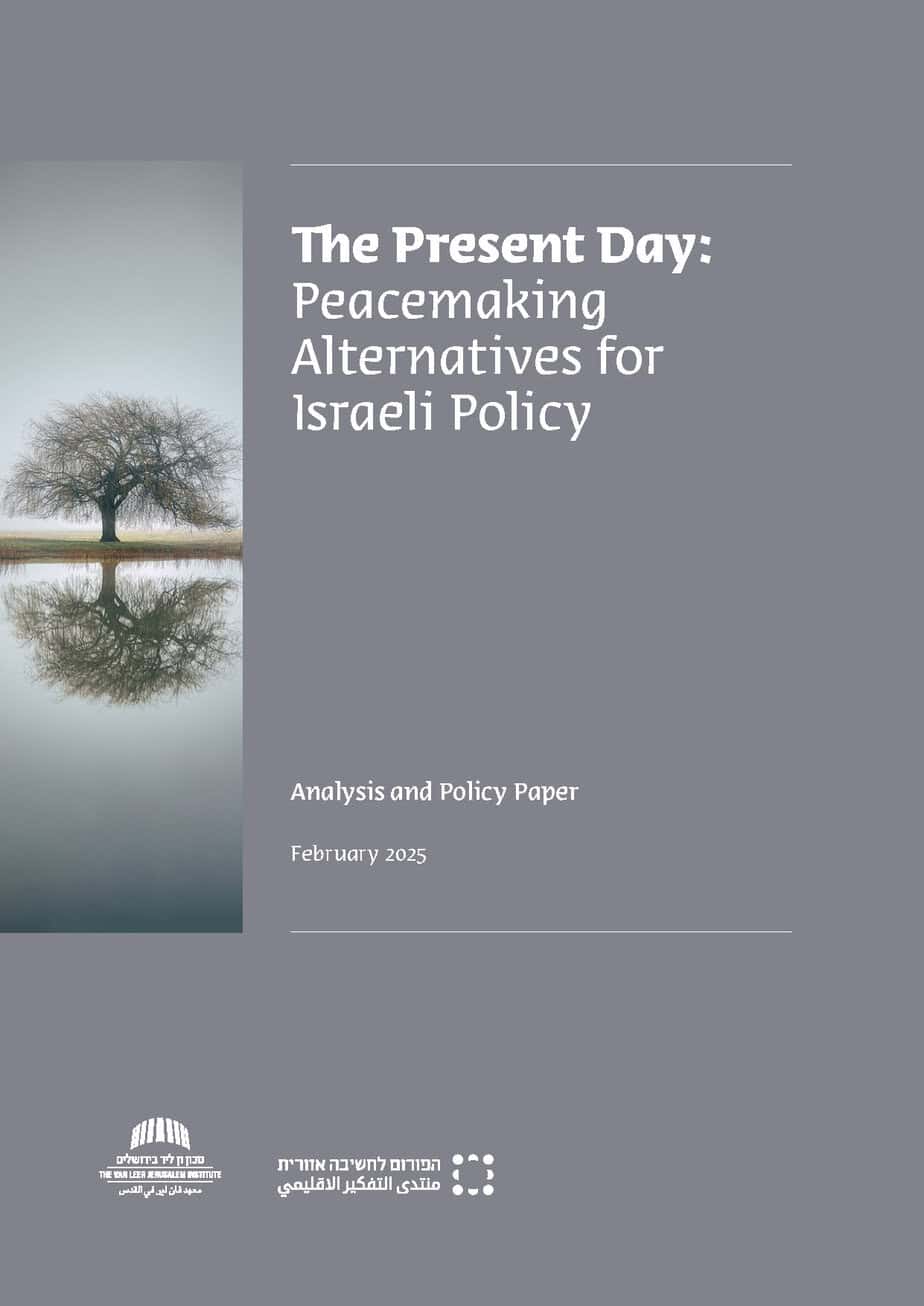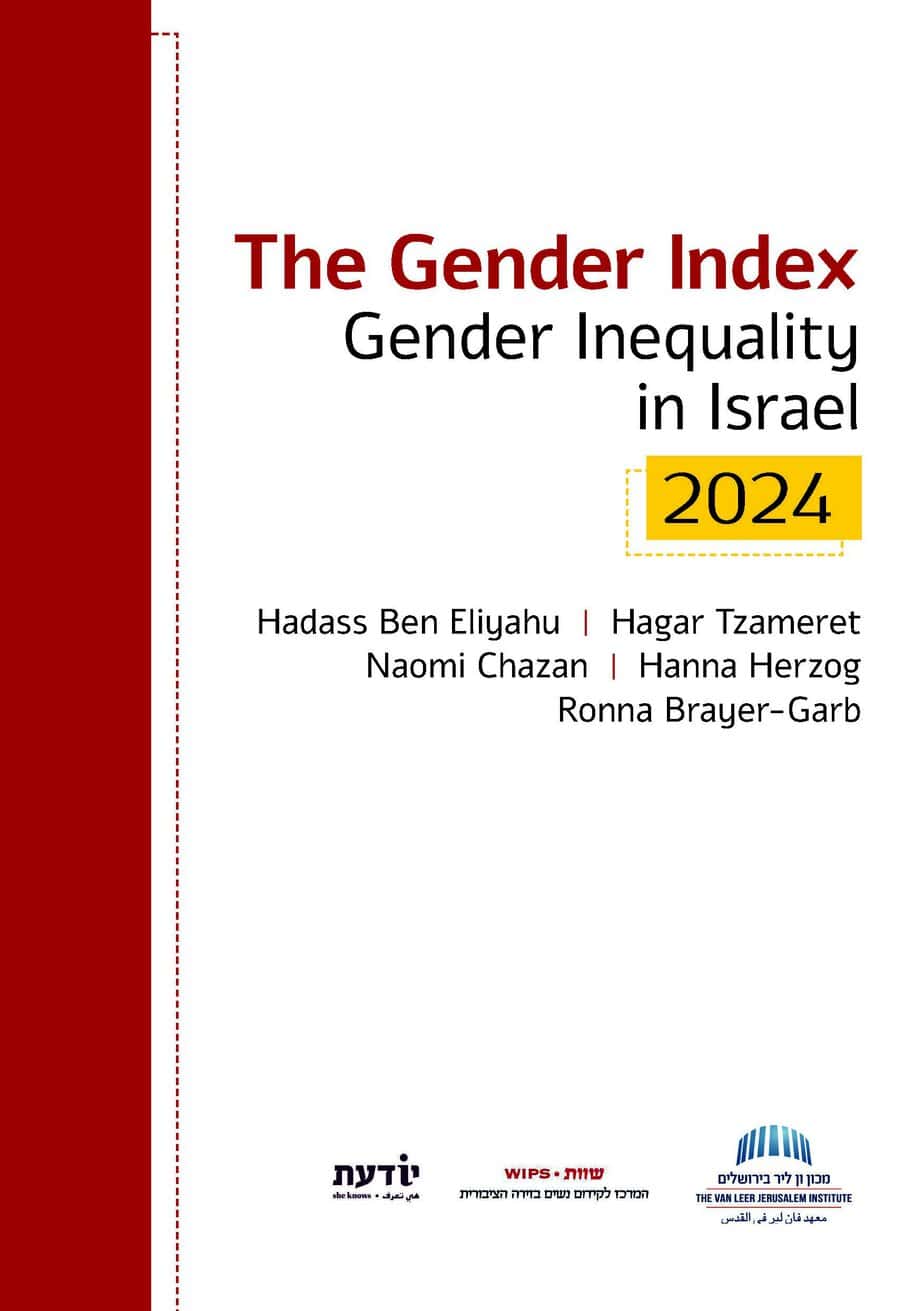Arab Society in Israel (9)
Population, Society, Economy (electronic book)
| Edited by | Ramsees Gharrah |
| Publisher | Van Leer Institute Press |
| Language | Hebrew |
| Year of Publication | 2018 |
| Series | Arab Society in Israel: A Statistical Yearbook |
With the publication of Arab Society in Israel: Population, Society, Economy (9), the Van Leer Jerusalem Institute concludes the statistical undertaking it began in 2005. The aim of that undertaking was to document the characteristics of Arab society in Israel and the changes taking place within it.
This volume, like its predecessors, is appearing as an electronic book, and the data files and interpretations that it offers are open and accessible to anyone interested. Taken together, the nine volumes of this series offer a broad view of Arab society in Israel over time.
This statistical endeavor aimed to create a database that would make possible a deep understanding of Arab society in Israel and of the processes of change within it and that would serve researchers, planners, and decision makers. This undertaking was well suited to the Institute’s broader aim of fostering and strengthening civil society as one of the foundations of democracy in Israel and as the basis for an egalitarian, pluralistic, and tolerant society. It is not possible to attain this goal without a thorough knowledge of the milieu and living conditions of the Arab citizens, who constitute one-sixth of Israel’s population.
The data collected by the Central Bureau of Statistics and the National Insurance Institute—two key sources regarding the population of Israel—include a great deal of information about Arab society and constitute an important and reliable resource. However, the publications of these data bases led us to rethink their organizing categories and how the data regarding the population are presented.
This volume, like its predecessors, focuses on five main areas—demographics, work, standard of living, education and higher education, and local government (which was added starting with the second volume). As in some of the previous volumes, a new topic has been added: the population’s attitudes toward the residential area and the home. The volume presents a detailed and up-to-date picture of each area. It also offers a developmental perspective by means of summary tables of data from the beginning of the millennium to the most recent period, some of them in comparison with data concerning the Jewish population. In addition, at the beginning of each chapter there is a summary of selected findings and a visual depiction of the findings by means of tables and graphs.




